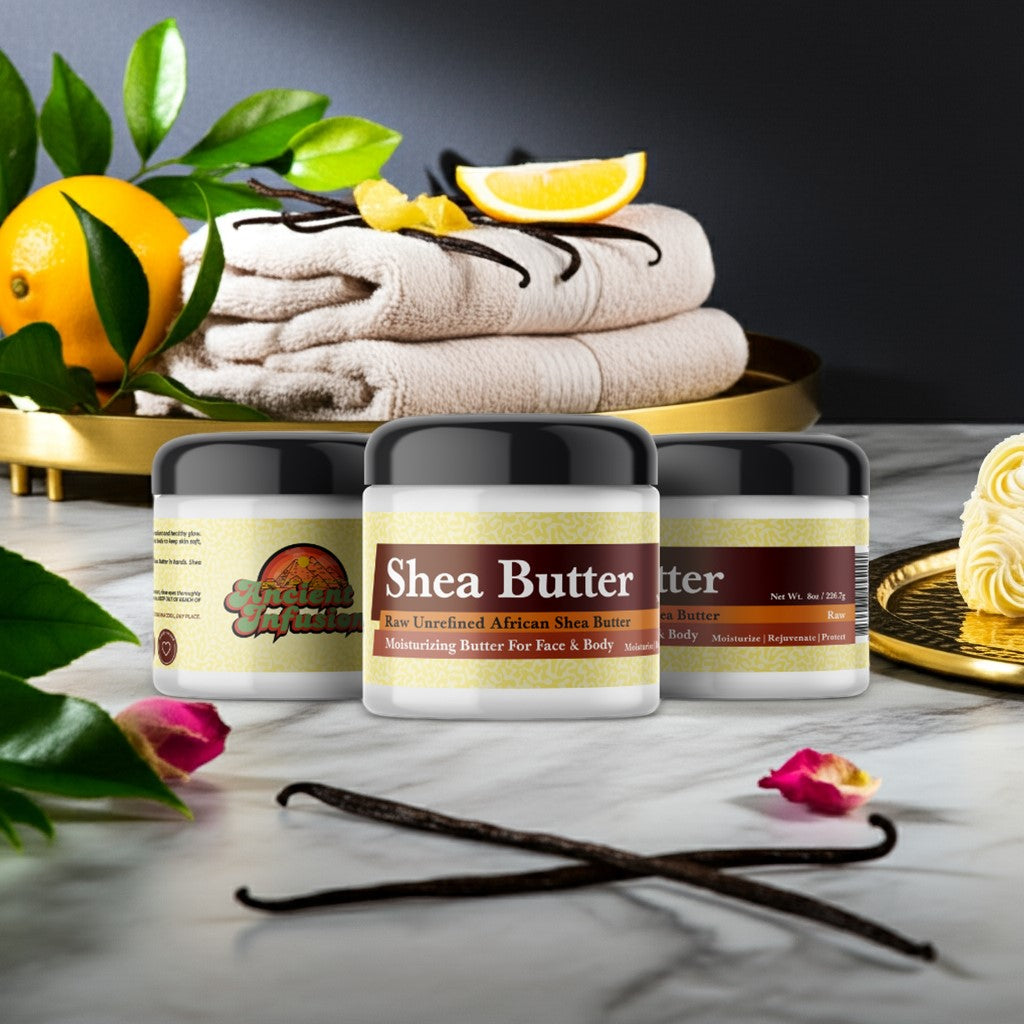Sweet Marjoram, a herb with a rich history dating back to ancient times, offers a plethora of therapeutic benefits. From its origins in Ancient Greece to its modern-day uses, this herb has been cherished for its medicinal properties. Let's delve into the world of Sweet Marjoram and explore its fascinating history and healing properties.
Key Takeaways
- Sweet Marjoram has a long history dating back to Ancient Greece, where it was valued for its medicinal properties.
- The herb was widely used in the Middle Ages for its culinary purposes, adding flavor and aroma to dishes.
- Sweet Marjoram has traditional remedies that have been passed down through generations for various ailments.
- Ideal growing conditions and sustainable practices are essential for cultivating and harvesting Sweet Marjoram effectively.
- The therapeutic benefits of Sweet Marjoram include anti-inflammatory properties, digestive aid, and stress relief.
The History of Sweet Marjoram
Origins in Ancient Greece
Sweet marjoram, known as Origanum majorana, is a perennial herb with a rich history dating back to ancient Greece. It was revered for its aromatic properties and often associated with happiness and joy. The Greeks believed that if marjoram grew on a grave, the deceased would enjoy eternal bliss.
- Marjoram was used to make wreaths and garlands for weddings and funerals.
- It was a common ingredient in love potions and spells.
- The herb was also used to anoint leaders, symbolizing honor and respect.
In the realm of medicine, marjoram was prescribed by Hippocrates, the father of medicine, for its antiseptic and healing properties. The herb was a staple in ancient Greek households for its therapeutic benefits, which are still recognized today.
Culinary Uses in the Middle Ages
During the Middle Ages, sweet marjoram became a staple in the kitchens of Europe. Its aromatic leaves were used to flavor a variety of dishes, from robust stews to delicate sauces. Chefs of the time prized sweet marjoram for its versatility and its ability to complement both meat and vegetable recipes.
Sweet marjoram was not only appreciated for its taste but also for its purported health benefits, which aligned with the medieval belief in the healing power of herbs. The table below outlines the common culinary uses of sweet marjoram in medieval cuisine:
| Dish Type | Use of Sweet Marjoram |
|---|---|
| Stews | Enhancing meat flavors |
| Sauces | Providing aromatic depth |
| Herbal Mixes | Combining with other herbs |
| Preserves | Infusing with fruits and vegetables |
In the context of medieval feasts, sweet marjoram was often a key ingredient in the seasoning of various dishes, contributing to the rich tapestry of flavors that characterized the era's gastronomy.
As the Middle Ages progressed, the use of sweet marjoram in cooking spread throughout Europe, becoming a symbol of Ancient Infusions and culinary tradition that has been preserved to this day.
Traditional Remedies
Sweet Marjoram has been a staple in traditional medicine for centuries, with its use dating back to ancient civilizations. Its leaves and essential oils were commonly prescribed for a variety of ailments, ranging from digestive issues to emotional distress.
Sweet Marjoram was particularly noted for its calming effects and was often included in herbal mixtures to promote sleep and alleviate anxiety. The herb's versatility allowed it to be a key ingredient in numerous homeopathic concoctions:
- Relief for colds and flu
- Pain alleviation for headaches and migraines
- Antiseptic for minor wounds and skin irritations
The gentle efficacy of Sweet Marjoram in traditional remedies underscores its enduring value in natural healing practices. Its integration into daily life served not only as a treatment but also as a preventive measure for maintaining overall well-being.
Cultivation and Harvesting
Ideal Growing Conditions
Sweet Marjoram thrives in environments that mimic its native habitat. Optimal growth is achieved in well-drained soil with a pH ranging from 6.0 to 7.5, which is slightly acidic to neutral. The plant favors full sun exposure, requiring at least six hours of direct sunlight daily to flourish.
Temperature plays a crucial role in the cultivation of Sweet Marjoram. It is sensitive to frost and prefers consistently warm conditions. However, it can tolerate a mild climate, making it versatile for various growing zones.
- Well-drained soil
- pH 6.0 to 7.5
- Full sun exposure
- Warm temperatures
Ensuring these conditions are met will significantly enhance the plant's ability to produce its aromatic leaves, which are cherished for their therapeutic qualities.
Harvesting Techniques
The process of harvesting sweet marjoram is as delicate as it is crucial for preserving its aromatic and therapeutic qualities. Careful timing is essential, as the plant should be collected when the oils are at their peak, just before flowering. This typically occurs in late spring to early summer.
Hand-picking is the preferred method among traditional growers, ensuring that only the healthiest leaves and flowers are selected. This labor-intensive technique allows for a more selective harvest, which contributes to the overall quality of the final product.
- Identify the marjoram plants ready for harvest
- Gently cut the stems with sharp scissors or shears
- Collect the cuttings in baskets or trays
By adhering to these harvesting techniques, cultivators can guarantee that the essence of sweet marjoram is captured in every leaf and stem, ready to be transformed into Ancient Infusions that have been cherished for centuries.
Sustainable Practices
Following the harvesting of sweet marjoram, the focus shifts to maintaining the health of the ecosystem. Sustainable practices are crucial to ensure that the cultivation of this herb does not deplete the soil or harm the surrounding environment. One key aspect is the implementation of crop rotation, which helps to preserve soil fertility and prevent the spread of plant diseases.
Composting is another sustainable practice that enriches the soil without the need for chemical fertilizers. By returning organic matter to the earth, farmers create a nutrient-rich environment for the next planting season. Additionally, the use of natural pest control methods minimizes the impact on beneficial insects and promotes biodiversity.
Embracing sustainability in the cultivation of sweet marjoram not only protects the environment but also enhances the therapeutic qualities of the herb.
To illustrate the commitment to sustainability, consider the following practices adopted by many marjoram growers:
- Use of non-GMO seeds
- Minimal water usage through drip irrigation
- Avoidance of synthetic pesticides
- Engagement in fair trade practices
These efforts reflect a deep respect for nature and a dedication to preserving the integrity of Ancient Infusions.
Therapeutic Benefits
Anti-inflammatory Properties
Sweet Marjoram has been celebrated for its anti-inflammatory properties, which have been utilized in various traditional medicine practices. Research indicates that its active compounds may reduce inflammation and alleviate symptoms associated with inflammatory conditions.
- Oleanolic acid
- Ursolic acid
- Flavonoids
These compounds contribute to the herb's ability to modulate the body's inflammatory response. Sweet Marjoram's essential oil, in particular, is rich in these substances, making it a potent ingredient for natural remedies.
Sweet Marjoram's infusion can be a soothing addition to any wellness routine, offering a natural approach to managing inflammation.
Incorporating Sweet Marjoram into daily life, whether through topical application or as an infusion, can be a step towards embracing a more holistic health regimen. Ancient Infusions offers best-selling products that harness these therapeutic qualities, ensuring an experience of timeless elegance and trusted quality.
Digestive Aid
Sweet Marjoram has been a go-to herb for digestive health since antiquity. Its carminative properties make it an excellent choice for soothing an upset stomach and relieving gas. The herb's ability to stimulate digestive enzymes is key to its effectiveness in promoting a healthy gut.
Sweet Marjoram is not only beneficial for acute digestive issues but also supports long-term digestive health. Incorporating it into meals can help maintain a balanced digestive system. Here's a simple way to use Sweet Marjoram for digestive aid:
- Brew a tea with dried marjoram leaves
- Add honey or lemon for flavor, if desired
- Drink after meals to aid digestion
Sweet Marjoram's gentle action on the digestive tract makes it a safe and natural way to alleviate common digestive discomforts.
Remember, while Sweet Marjoram can be helpful for minor digestive problems, it is not a substitute for professional medical advice. If you have persistent digestive issues, it is important to consult with a healthcare provider.
Stress Relief
In the fast-paced world we live in, the need for effective stress relief methods is ever-growing. Sweet marjoram, with its calming scent and soothing properties, has been a go-to herb for relaxation for centuries. Inhaling the aroma of sweet marjoram essential oil can help to lower stress levels and promote a sense of well-being.
Sweet marjoram is not only beneficial for its aromatic qualities but also for its ability to be infused into teas and baths. A nightly ritual of a warm bath infused with sweet marjoram can be a perfect way to unwind after a long day. Here's a simple guide to creating your own stress-relief infusion:
- Start with a handful of dried sweet marjoram leaves.
- Steep the leaves in boiling water for 5 to 10 minutes.
- Strain the infusion and add it to your bathwater, or enjoy it as a calming tea.
Embracing the natural therapeutic properties of sweet marjoram can lead to a more relaxed state of mind and a peaceful night's sleep.
Ancient Infusions offers best-selling products with timeless elegance and trusted quality. Explore a variety of items including aroma diffusers, crystals, jewelry, incense, oils, soaps, and more. These products can complement the use of sweet marjoram in your stress-relief routine, enhancing the overall experience.
Explore the myriad of therapeutic benefits that our carefully curated products offer. From essential oils to pain relief creams, each item is designed to enhance your well-being and bring harmony to your life. Don't wait to feel better—visit our website now and discover your path to wellness with Ancient Infusions. Your journey to a more serene and healthy life is just a click away.
Conclusion
In conclusion, the exploration of Sweet Marjoram and its therapeutic properties through ancient infusions has revealed a rich history and potential benefits for modern applications. From its use in traditional medicine to its aromatic and flavorful qualities in culinary dishes, Sweet Marjoram continues to captivate and inspire. As we continue to delve into the world of herbal remedies and natural healing, the significance of Sweet Marjoram cannot be overlooked. Its versatile nature and historical significance make it a valuable ingredient in both traditional and contemporary practices. Embracing the wisdom of the past while looking towards the future, Sweet Marjoram stands as a testament to the enduring power of nature's gifts.
Frequently Asked Questions
What is the origin of sweet marjoram?
Sweet marjoram originated in Ancient Greece, where it was highly valued for its aromatic and medicinal properties.
How is sweet marjoram used in culinary practices during the Middle Ages?
In the Middle Ages, sweet marjoram was commonly used to flavor dishes, particularly meats and stews, due to its aromatic qualities.
What are some traditional remedies that include sweet marjoram?
Sweet marjoram has been traditionally used to alleviate digestive issues, promote relaxation, and relieve muscle pain.
What are the ideal growing conditions for sweet marjoram?
Sweet marjoram thrives in well-drained soil, ample sunlight, and moderate temperatures, making it ideal for cultivation in temperate climates.
How is sweet marjoram harvested?
Sweet marjoram is typically harvested by cutting the stems just above the leaves, which helps promote new growth and ensures a continuous supply of fresh leaves.
Are there sustainable practices for cultivating sweet marjoram?
Yes, sustainable practices for cultivating sweet marjoram include crop rotation, organic fertilizers, and natural pest control methods to minimize environmental impact.




